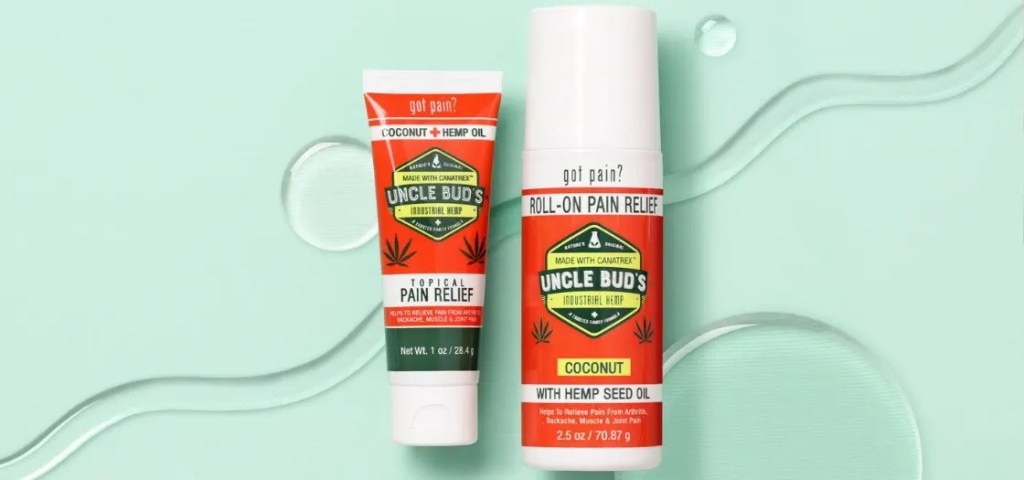What’s on tap? It depends on your age. But while beverage preferences vary among consumers by generation, one thing is clear: Americans of all ages 21 and over love to relax and unwind with a delicious drink.
Beverage alcohol sales have increased in volume and value over the last 12 months. However, share of this growing pie is shifting among beer, wine, and spirits drinkers. Over the past 10 years, beer has lost some of its off-premise market share—that is, sales occurring in retail stores such as grocery, drug, club, and liquor stores—to wine and spirits. Millennials and Generation X are driving this trend, while off-premise spending across beer, wine, and spirits for Boomers has remained relatively flat over the past decade. This is just one of many key differences across generations’ occasions, motivators, product preferences and influences when buying and consuming beverage alcohol.
A recent NielsenIQ survey broke down beverage alcohol consumption by four generations—Millennials (21-36 years old), Generation X (37-48 years old), Baby Boomers (49-67 years old), and the Greatest Generation (over 68 years old)—and across beverage alcohol categories. Understanding such trends by age group can help marketers to shape both their store (off premise) and restaurant/bar (on premise) marketing and promotions to each demographic’s interests.
Buy me a beer?
While beverage alcohol dollars have shifted across categories in the past decade, beer remains the most popular beverage, with more than 50 percent of survey respondents saying they’ve bought beer in the last three months—the highest for all beverage alcohol categories. Attitudes, preferences, and motivators around consuming beer vary by generation, but a couple of common themes emerge across age groups.
Certain key product preferences and influencers—including “make my choice regardless of others,” “delicious and smooth taste,” and “refreshing”—remain consistent regardless of age when it comes to buying beer. In addition, all generations are increasingly trading up to above premium—including craft—beers from below premium and premium beers. The Millennial shift toward craft beer is the most notable, with craft making up more than 15 percent of the group’s total off-premise beer spending. Generation X and Boomers are also shifting dollars (though less significantly) toward craft beer, which makes up a little less than 10 percent of older generations’ beer spend.
Possibly influencing this shift in preferences, Millennials’ beer drinking tends to be more social compared to older generations and skews more toward outdoor and holiday occasions. On the other hand, more Generation X drinkers say they drink beer at large parties and after work events compared to other generations. And when it comes to getting beer into consumers’ hands, how you advertise matters by age. Boomers and Generation X both claim to recall TV and print playing a role in their retail decision making moreso than Millennials, who favor online blogs and in-store tastings.
Getting in the spirit
Spirits continue to gain off premise volume and value share of total alcoholic beverages. In particular, whiskey’s popularity has been on the rise more recently across all generations, as well as with less traditional whiskey drinkers including women and Hispanics. And similar to beer, when it comes to buying and consuming spirits, the generations agree on a couple of key preferences and influencers, reporting a desire for “delicious and smooth taste” and “stylish” products.
When you break spirits down further, however, differences abound by generation. Over the decade, vodkas (both flavored and unflavored) have benefited significantly from Millennial purchasing, while Generation X’ers have increased their share of rum. In the past 10 years, Boomers have shifted dollars to vodka and tequila at the expense of some of the other spirits. But competition for spirit share of throat is steepest among Millennials, with more than 20 percent claiming to consume four (vodka, rum, whiskey, and tequila) out of the six spirit segments contained in the survey. Comparatively, more than 20 percent of Generation X claimed to consume only two (vodka and rum) of the six categories.
When it comes to occasions for drinking spirits, Millennials are most likely to drink for social reasons, while older generations were more likely to drink spirits for themselves. Generation X reported a 50/50 split between social occasions and “only by myself,” and Boomers skewed even more towards “only by myself.” But when it comes to making a purchase, Millennials and Boomers are more closely aligned, claiming that well-known and authentic brands are more important for spirits. Generation X, on the other hand, is more motivated to buy based on recollection of TV or print advertising.
Unwind with wine
No matter their age, consumers say they are willing to try new wines—one key motivator for wine versus other beverage alcohol categories is “consumed for the first time.” This unboundless willingness to try different wines is a key differentiator for this category. In addition, a key influencer for wine consumption across generations is “relaxing.” Wine also takes top billing for claims of “delicious taste” and “pairs well with food” compared to beer and spirits. But the type of wine matters: Imported wine is gaining value share of the category, with wines from Italy, New Zealand and Argentina driving this trend.
As with other beverage alcohol categories, we also see key differences for wine preferences across generations. Purchasing on “sale” is a more important factor for Millennials, while Generation X claims variety is very important. Boomers say that “word of mouth” and “new and different” are more influential in their wine consumption.
Last call: What generational differences mean for beverage alcohol
As in other aspects of life, different generations favor different products and occasions for buying and consuming beverage alcohol. So while beverage alcohol channels continue to expand and category lines begin to blur, it is important for companies to tailor their approach to each generation with motivators, product attributes, advertising, and influencers that fit their preferences and habits.
Methodology
The findings above reflect a NielsenIQ Homescan Panel survey conducted Sept. 16-Oct. 2, 2013, that received responses from more than 41,000 consumers. Beverage Alcohol purchasers made up approximately 26,000 of these respondents. For purposes of the survey, total beverage alcohol included beer, wine, and spirits (vodka, rum, whiskey, tequila, gin, and cordials). Other beverage alcohols included in the survey were ready-to-drink cocktails and flavored malt beverages. The findings also reflect historical Homescan Panel data from 2004-2014.




